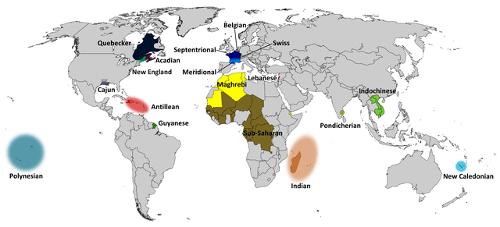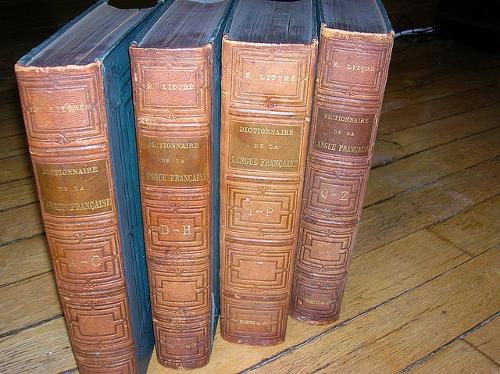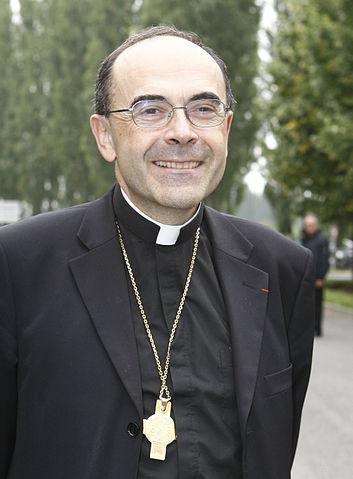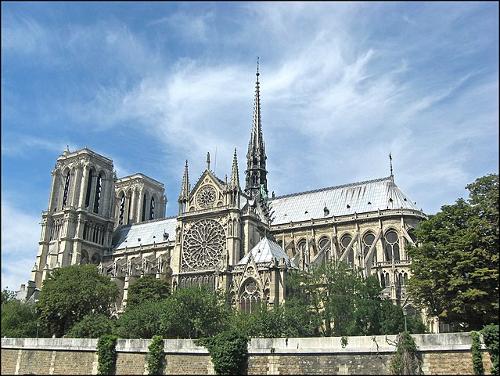JURA
Population

Population

Popular destinations FRANCE
| Alsace | Ardeche | Auvergne |
| Brittany | Burgundy | Cevennes |
| Corsica | Cote d'azur | Dordogne |
| Jura | Languedoc-roussillon | Loire valley |
| Lot | Normandy | Picardy |
| Provence |
Population
The population of Jura is approximately 257,500 inhabitants. This equates to a population density of slightly mote then 50 inhabitants per square kilometre. This makes Jura a sparsely populated region in France.
Language
The official language is French, in addition, minorities speak Breton (Brittany), Occitan (the south), Basque (in the western Pyrenees), German (Alsace-Lorraine), Dutch (French Flanders), Catalan (Roussillon), Italian (around Nice), Corsican (in Corsica).
The French language is a Roman language spoken by approximately 100 million people as their mother tongue, of which approximately 60 million in France. French is further spoken in Belgium down the line Visé-Mouscron and Brussels, in Switzerland (Suisse romande), Italy (Aosta Valley), Haiti and Canada (Quebec), and in many former French colonies. Where Frenche is the language of administration and administration French is a continuation of the Vulgar Latin, which was introduced and developed in Gallia Transalpina by the Roman conquerors (58–50 BC). Dialects of the French language worldwidePhoto: Jonatan argento CC 3.0 Unported no changes made
Dialects of the French language worldwidePhoto: Jonatan argento CC 3.0 Unported no changes made
The history of French begins when the Carolingian Renaissance, which revived the study of Classical Latin, made people aware of a gap between Latin, language of administration, jurisdiction and religion, and everyday language. This is evidenced, among other things, by a decision of the Council of Tours (813), which henceforth had to be preached in the vernacular ("lingua romana rustica"). Broadly speaking, three periods can be distinguished in the history of French: Old French (early 9th - early 14th century), Middle French (early 14th - early 17th century) and modern French (early 17th century - present). 4 volume French dictionary (1889)Photo: LPLT / Wikimedia Commons CC 3.0 Unported no changes made
4 volume French dictionary (1889)Photo: LPLT / Wikimedia Commons CC 3.0 Unported no changes made
The French language originally consisted of Latin words introduced by the Romans, supplemented by words of Celtic and Frankish origin. From the 12th century onwards, these "folk words" are borrowed from Latin, the "learned" words. In the 16th century, many words were also borrowed from Italian. Many words have also been borrowed from Dutch and, since the 18th century, also from English.
Especially in recent decades, much has been borrowed from English in the field of technology, sports, fashion, and the like, which has resulted in the derisive term Franglais. French purists oppose this "invasion" of foreign words.
Religion
The French population is about 80% Roman Catholic (approx. 48 million), 4.5% predominantly Sunni Islamic (approx. 4 million) and there are also small minorities of Protestants (approx. 950,000), Jews (approx. 700,000; the largest Jewish community in Europe) and Armenian-Christian. Catholicism was the state religion since the revocation of the Edict of Nantes in 1685 by Louis XIV.
Since the separation of church and state in 1905, the state no longer has any involvement with the Church. The Roman Catholic Church has eighteen provinces in France and a total of 95 dioceses. The Archbishop of Lyon is at the head of the ecclesiastical provinces. Philippe Barbarin, archbishop of LyonPhoto: MEDEF CC 2.0 Generic no changes made
Philippe Barbarin, archbishop of LyonPhoto: MEDEF CC 2.0 Generic no changes made
After St. Bartholomew's Day (1572), the power of Protestantism in France was broken. Protestant churches were not recognized until the law of 1802. The main Protestant denominations are: the Église Réformée de France, the Église de la Confession d'Augsburg d'Alsace et de Lorraine, the Église évangélique luthérienne and the Église réformée d'Alsace et de Lorraine.
Since 1905 there has been a federation of Protestant churches consisting of Reformed, Lutherans, Baptists, Methodists and free churches: the Fédération Protestante de France.
Protestant theological faculties for the training of ministers are located in Aix-en-Provence, Montpellier, Paris and Strasbourg; the last two are inter-confessional faculties. Despite the relatively small number, the influence of the Protestants in France is quite large. Notre-Dame de Paris is an early Gothic cathedralPhoto: Madhurantakam CC 3.0 Unported no changes made
Notre-Dame de Paris is an early Gothic cathedralPhoto: Madhurantakam CC 3.0 Unported no changes made
Sources
Wikipedia
Bourgondië, Jura
Michelin
CIA - World Factbook
BBC - Country Profiles
Last updated June 2025Copyright: Team The World of Info